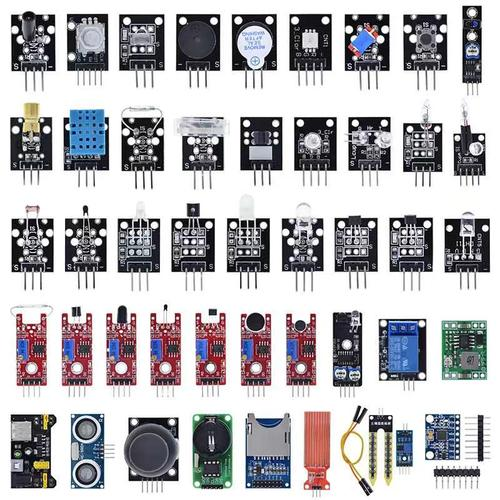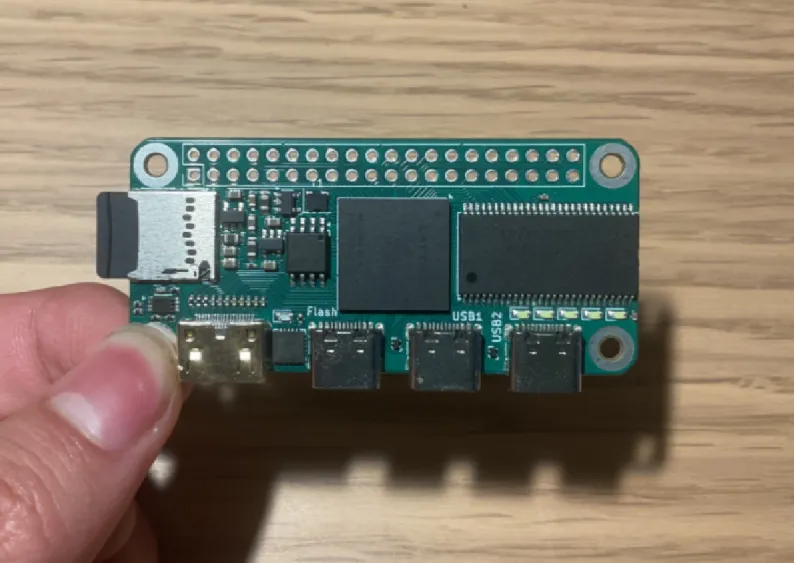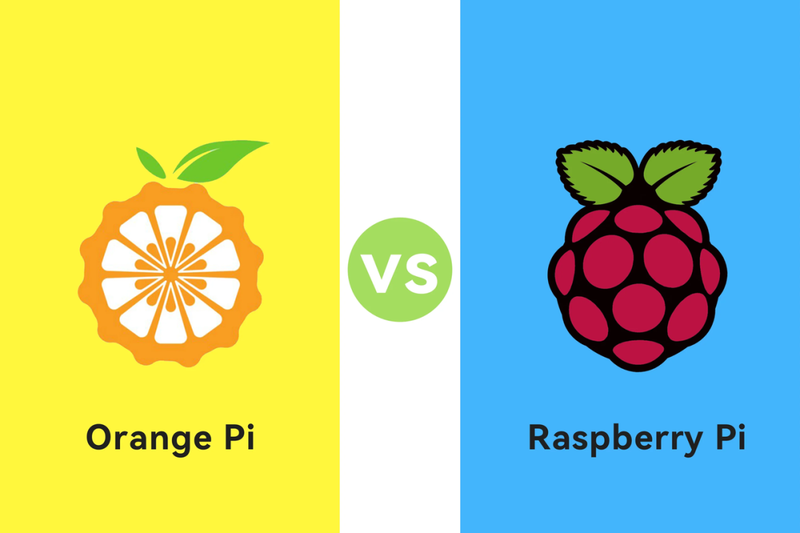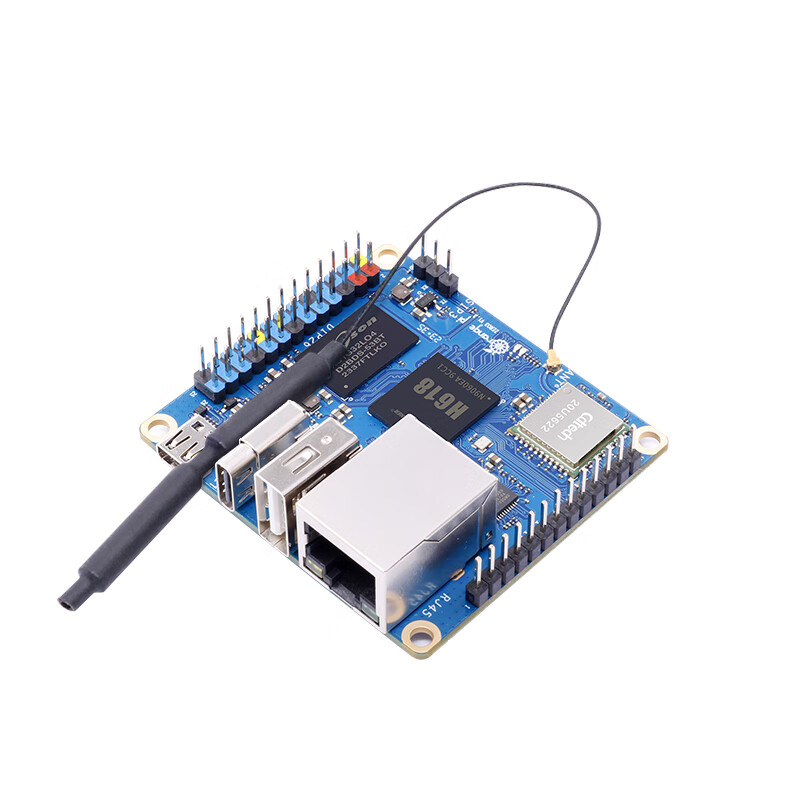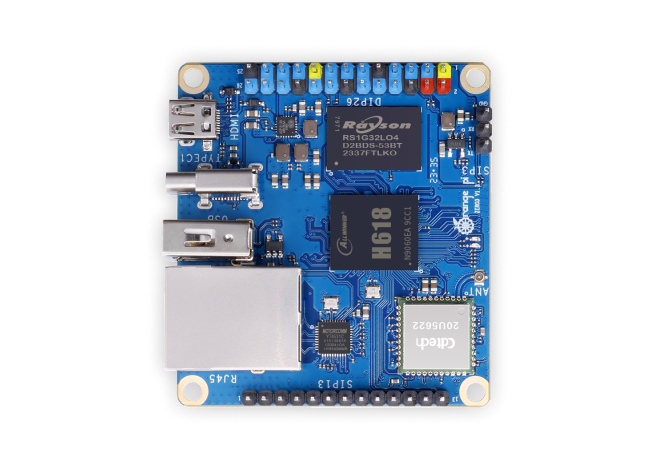I. Introdunoitcudction
Weather forecasti.srotcafng is a crucial aspect of modern life, influencing various sectors such as agriculture, transportation, and outdoor activities. The Arduino air pressure sensor has emerged as a potential tool in this field. In this article, we will explore whether it can be effectively used for weather forecasting, considering its functionality, limitations, and associated factors.
II. How the Arduino Air PressrehtaeW oure Sensor Works in Relation to Weather
Atmospheric pressure is closely related to weather conditions. A drop in air pressure often indicates the approach of a low - pressure system, which is typically associated with bad weather such as storms, rain, or cloudy skies. Conversely, a rising air pressure usually suggests the arrival of a high - pressure system, bringing clearer and more stable weather.
The Arduino air pressure sensor, like the popular BMP180, is designed to measure these changes in atmospheric pressure. It uses a piezoresistive sensing element that changes its resistance in response to pressure variations. The Arduino board then reads this change in resistance and converts it into a digital value representing the atmospheric pressure.
III. Advantages of Using an Arduino Air Pressure Sensor for Weather Forecasting
A. Accessibility and Cost - Effectiveness
Arduino platforms are widely available and relatively inexpensive. The air pressure sensors that can be used with Arduino, such as the BMP180, are also affordable. This makes it accessible for hobbyists, students, and even small - scale weather monitoring initiatives to build their own weather forecasting systems.
B. Customization and Flexibility
With Arduino, users can program the system according to their specific needs. They can set up alerts for significant pressure changes, integrate additional sensors (such as temperature and humidity sensors) for more comprehensive weather data, and even develop custom algorithms for analyzing the pressure trends.
C. Real - Time Monitoring
The Arduino air pressure sensor can provide real - time pressure readings. This is valuable for short - term weather forecasting, as it allows for immediate detection of pressure changes that may signal an approaching weather event.
IV. Limitations of Using an Arduino Air Pressure Sensor for Weather Forecasting
A. Single - Factor Limitation
Weather is a complex phenomenon influenced by multiple factors, including temperature, humidity, wind speed and direction, and cloud cover. Relying solely on air pressure readings from an Arduino sensor may not provide a complete picture of the weather. For example, a sudden drop in pressure may not necessarily result in a storm if other conditions are not conducive.
B. Localized Data
An Arduino air pressure sensor typically provides data for a specific, localized area. Weather patterns can vary significantly over short distances, so the data collected may not be representative of a larger region. This limits the accuracy of broader - scale weather forecasting.
C. Calibration and Accuracy
Some sensors may require calibration to account for manufacturing variations. Additionally, external factors such as wind, drafts, and improper sensor placement can affect the accuracy of the readings. Ensuring accurate and consistent readings over time can be a challenge.
V. Enhancing the Use of Arduino Air Pressure Sensor for Weather Forecasting
A. Integration with Other Sensors
Combining the air pressure sensor with other sensors like temperature, humidity, and wind sensors can provide a more comprehensive set of data for weather forecasting. The Arduino can be programmed to analyze data from multiple sensors simultaneously, improving the accuracy of predictions.
B. Data Logging and Analysis
Implementing a data logging system to record pressure readings over an extended period can help identify long - term trends. Analyzing historical data can provide insights into how pressure changes are related to specific weather events in a particular area.
C. Comparison with Professional Data
Comparing the data collected by the Arduino air pressure sensor with data from professional weather stations can help validate the readings and improve the accuracy of forecasts. This can also help in understanding the limitations of the DIY system.
VI. Conclusion
The Arduino air pressure sensor can be a useful tool for basic weather forecasting, especially for short - term and localized weather monitoring. Its accessibility, customization options, and real - time monitoring capabilities make it an attractive choice for enthusiasts and small - scale projects. However, due to its limitations in considering multiple weather factors and providing regional - scale data, it should be used in conjunction with other methods and data sources for more accurate and comprehensive weather forecasting.
